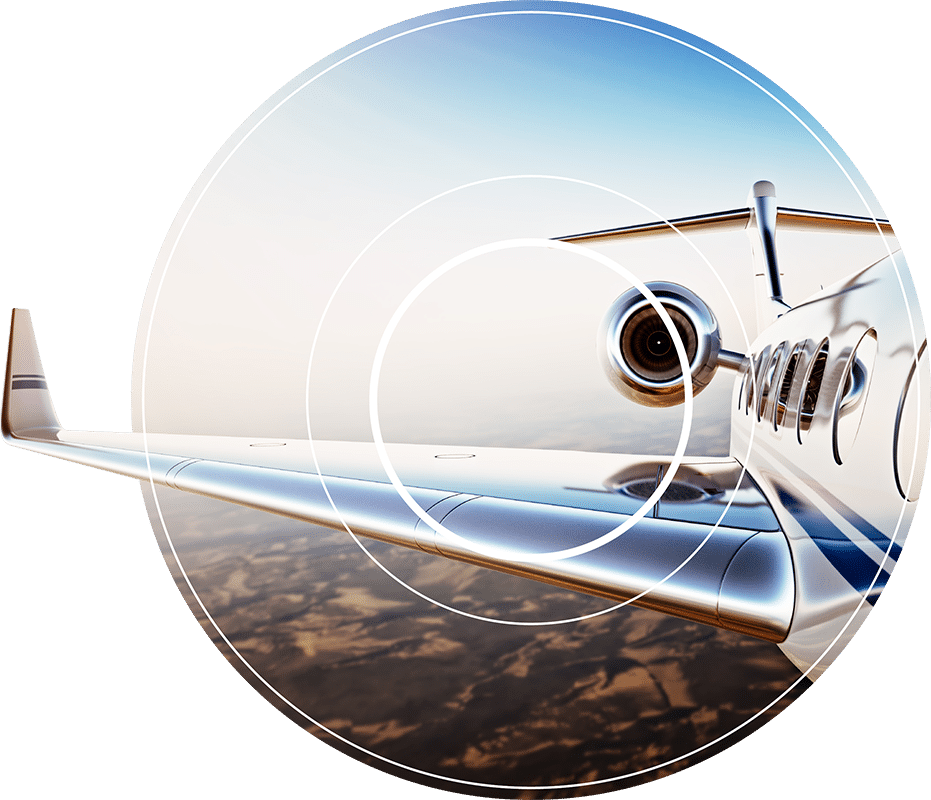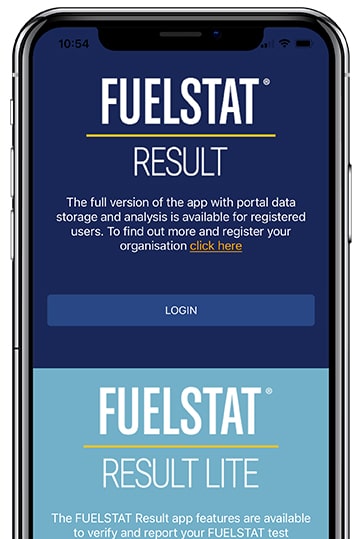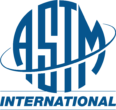Simple, Fast, Cost-Effective testing
The simple, fast, cost effective, under wing, go no-go test kit for the detection of microbial contamination to aid airworthiness procedures.
For owners and repairers (FBOs) of business and/or private jets, microbial contamination, commonly known as ‘jet fuel fungus’ is a big issue which needs to be kept under control.
Microbial contamination can grow, especially in hot and humid climates, in just a few weeks so from what was a ‘clean’ tank to a heavily contaminated tank could be much faster than you anticipated. Testing only on suspicion of contamination may be too late resulting in heavy costs and operational delays.
Eliminating water from jet fuel is the ‘holy grail,’ at all levels of the aviation industry, to minimise the risks of contamination; however, this is almost impossible in day to day operations. This is made worse by the fact that business and private jets may be on the ground for days or even weeks at a time when compared to their larger cousins, commercial aircraft.
Any water present in the fuel will sink to the bottom of the fuel tanks. Once settled it is this water bottom which creates an ideal environment for microbiological growth to occur and is further enhanced by less frequent fuelling and de-fuelling processes.
Microbial Contamination can cause operational concerns like fuel quantity indication issues, filter problems and, corrosion of the wing structures. In severe cases there may be a safety of life issue if total engine failure is caused by contamination totally restricting fuel supply to the engines.
There is a growing wariness regarding the regular, precautionary dosing of biocide. Biocide is not only expensive; it is also generally regarded as a hazardous substance. But what if the regular use of biocide was also counter-productive? Organisms evolve and over time some may become immune which in turn reduces the effectiveness of a biocide.
It is therefore potentially more cost effective and operationally beneficial to conduct periodic microbial contamination testing under the wing and only conduct biocide treatment when necessary.







